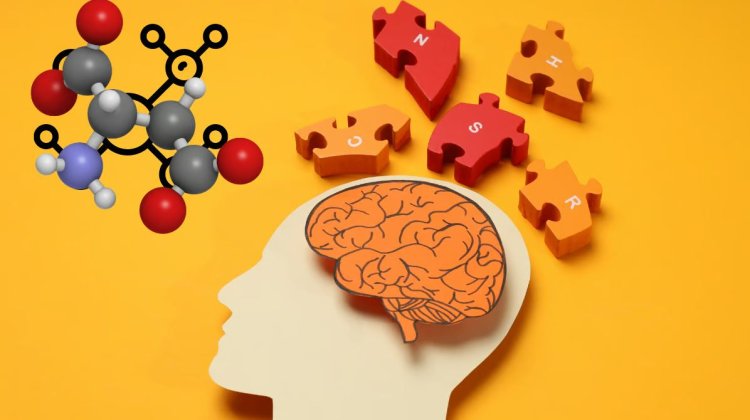Researchers find how fatty acids plays key role in creating memories

Washington DC, US: Researchers at the University of Queensland have demonstrated the vital role that saturated fatty acids play in the brain's storage of memories.
A new cure for neurodegenerative illnesses may now be possible, thanks to research conducted by Dr Isaac Akefe of the Queensland Brain Institute at the University of Queensland. He has also discovered the genes that underlie the process of memory creation.
The findings were published in the EMBO Journal.
"We've shown previously that levels of saturated fatty acids increase in the brain during neuronal communication, but we didn't know what was causing these changes," Dr Akefe said.
"Now for the first time, we've identified alterations in the brain's fatty acid landscape when the neurons encode a memory.
"An enzyme called Phospholipase A1 (PLA1) interacts with another protein at the synapse called STXBP1 to form saturated fatty acids."
The brain is the body's fattiest organ, with fatty compounds called lipids making up 60 per cent of its weight. Fatty acids are the building blocks of a class of lipids called phospholipids.
The work done in Professor Frederic Meunier's laboratory has shown that STXBP1 controls the targeting of the PLA1 enzyme, coordinating the release of fatty acids and directing communication at the synapses in the brain.
"Human mutations in the PLA1 and STXBP1 genes reduce free fatty acid levels and promote neurological disorders," Professor Meunier said.
"To determine the importance of free fatty acids in memory formation, we used mouse models where the PLA1 gene was removed. We tracked the onset and progression of neurological and cognitive decline throughout their lives. We saw that even before their memories became impaired, their saturated free fatty acid levels were significantly lower than control mice. This indicates that this PLA1 enzyme, and the fatty acids it releases, play a key role in memory acquisition."
The research has important implications for understanding of how memories are formed.
"Our findings indicate that manipulating this memory acquisition pathway has exciting potential as a treatment for neurodegenerative diseases, such as Alzheimer's," Professor Meunier said.
The research team acknowledges the contributions of PhD candidates Saber Abd Elkader from the Australian Institute for Bioengineering and Nanotechnology, and Benjamin Matthews from the Queensland Brain Institute.
This is a collaborative study with the University of New South Wales, University of Strasbourg, University of Bordeaux, the Scripp Research Institute and the Baylor College of Medicine.















































